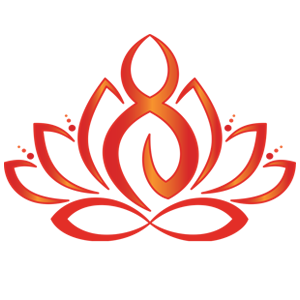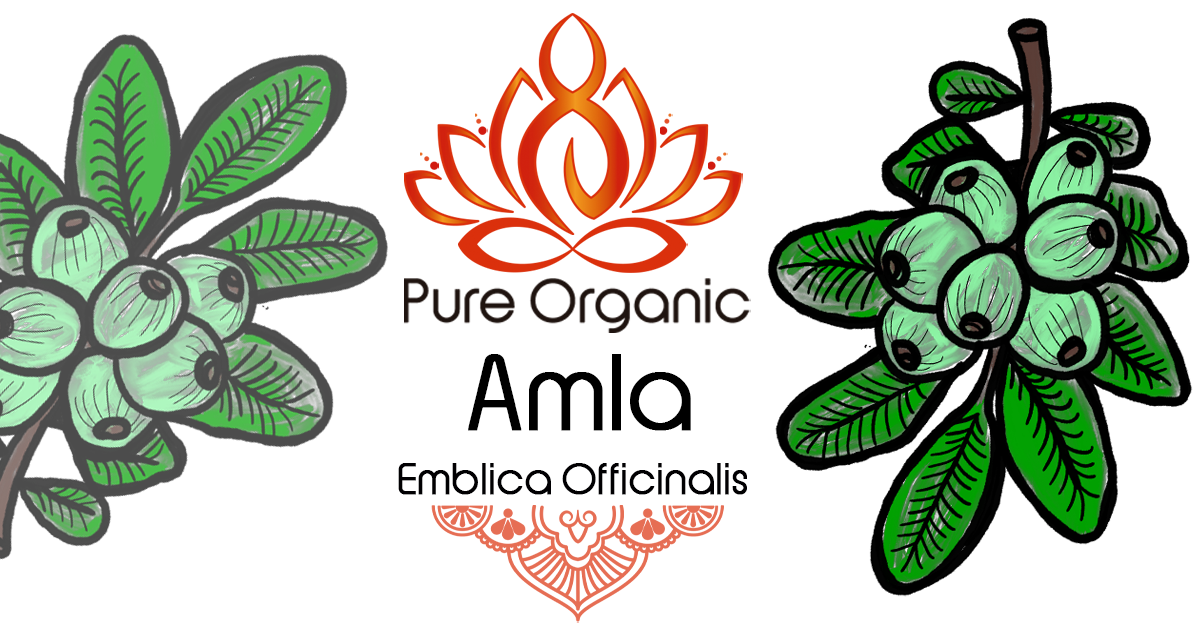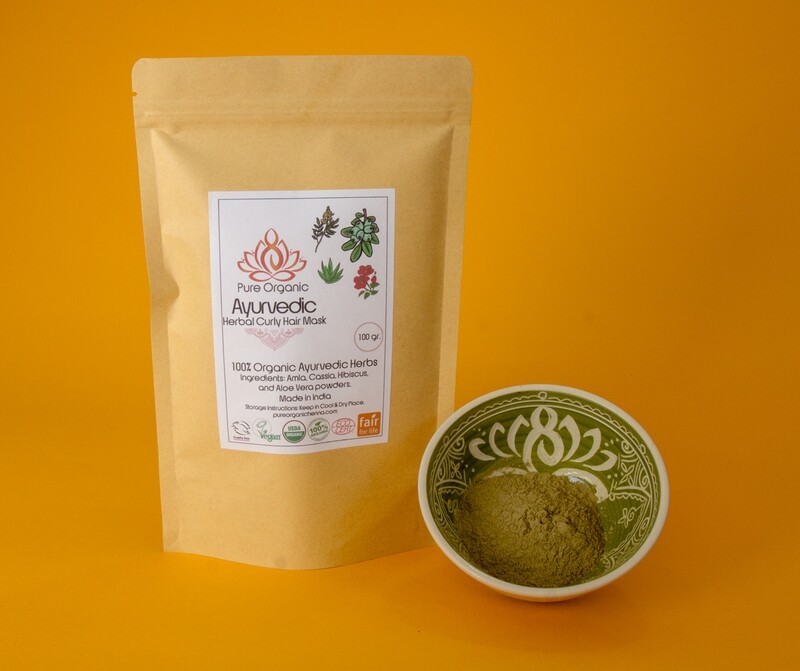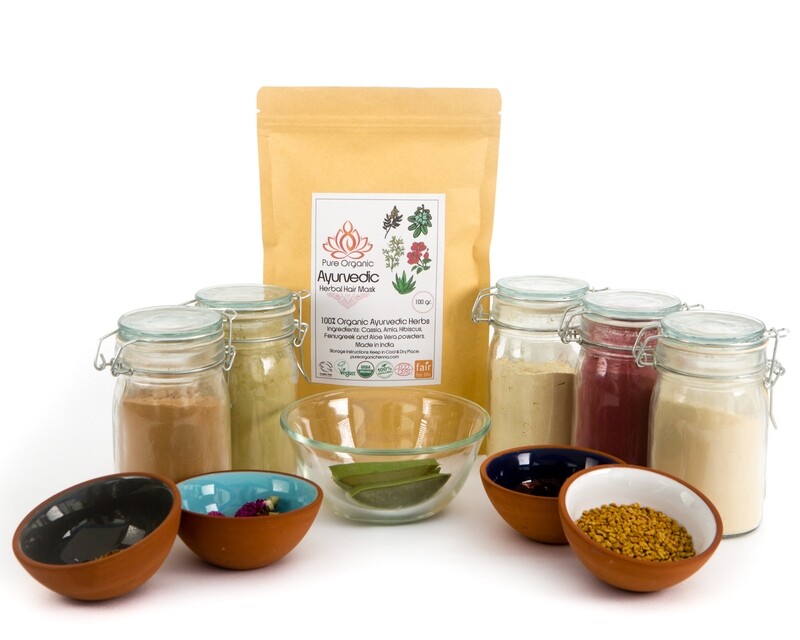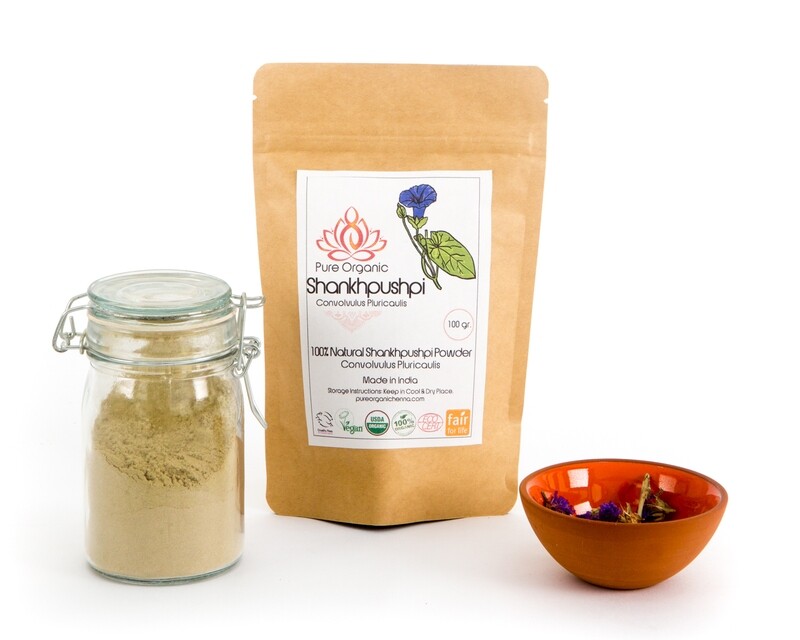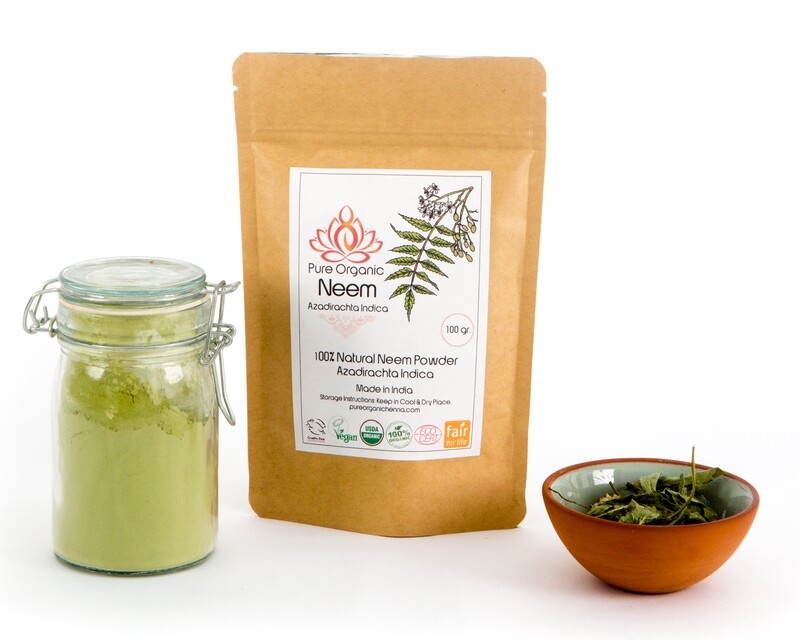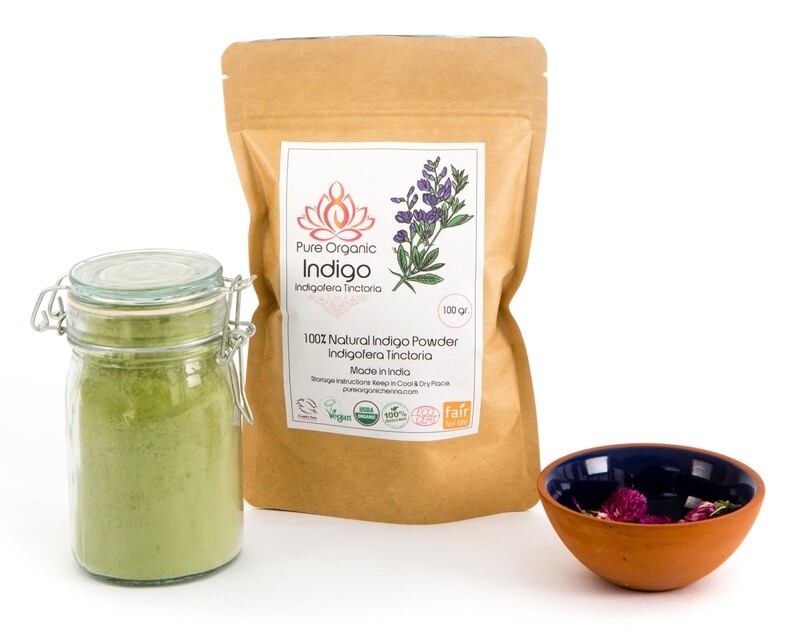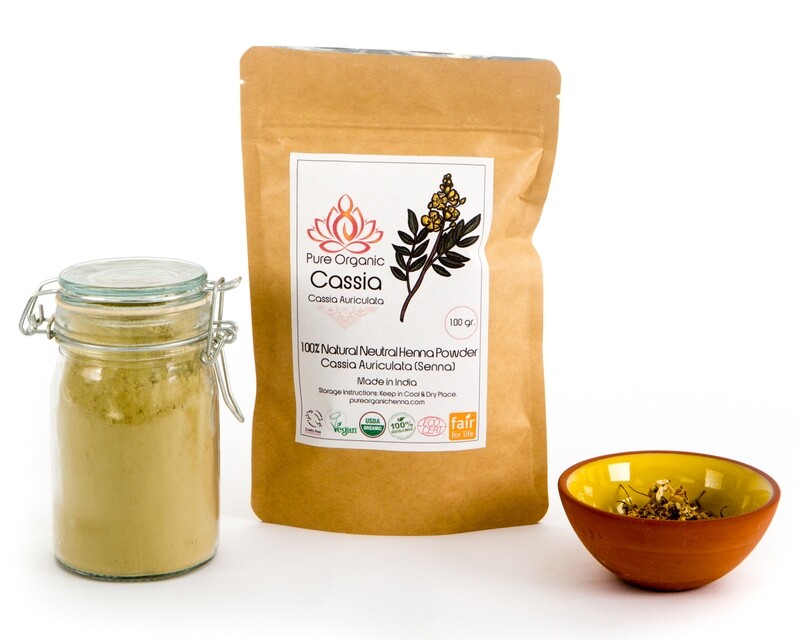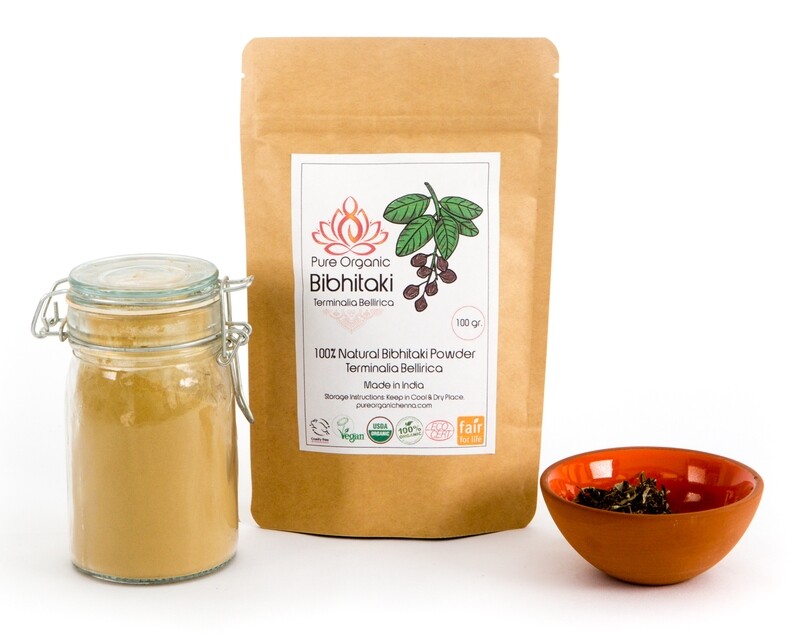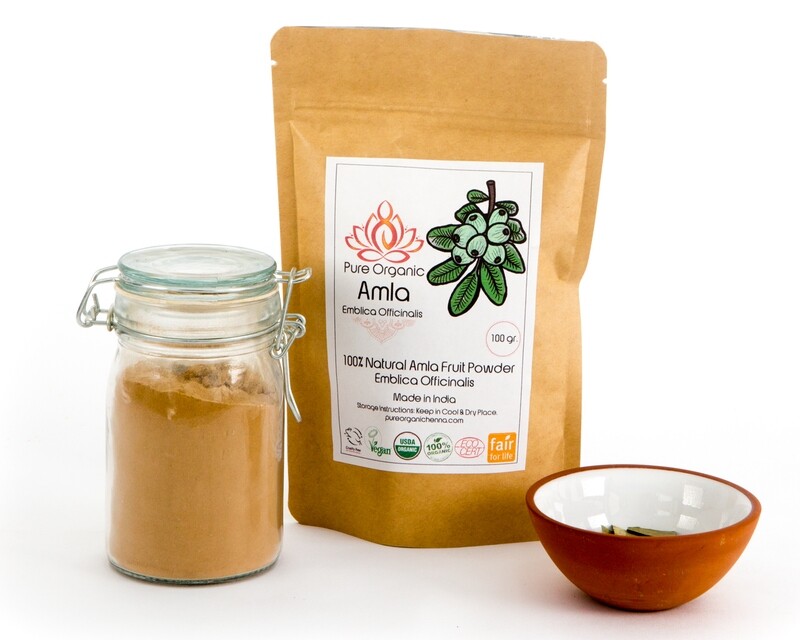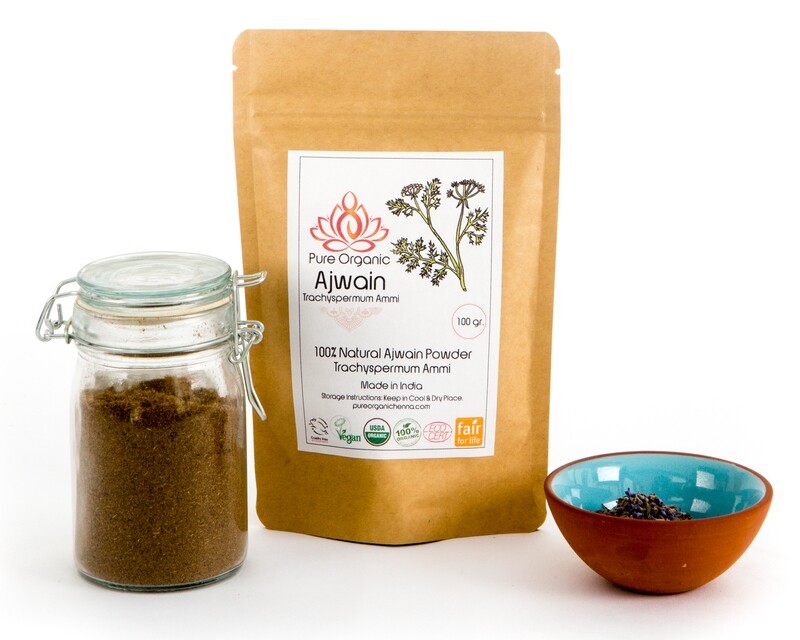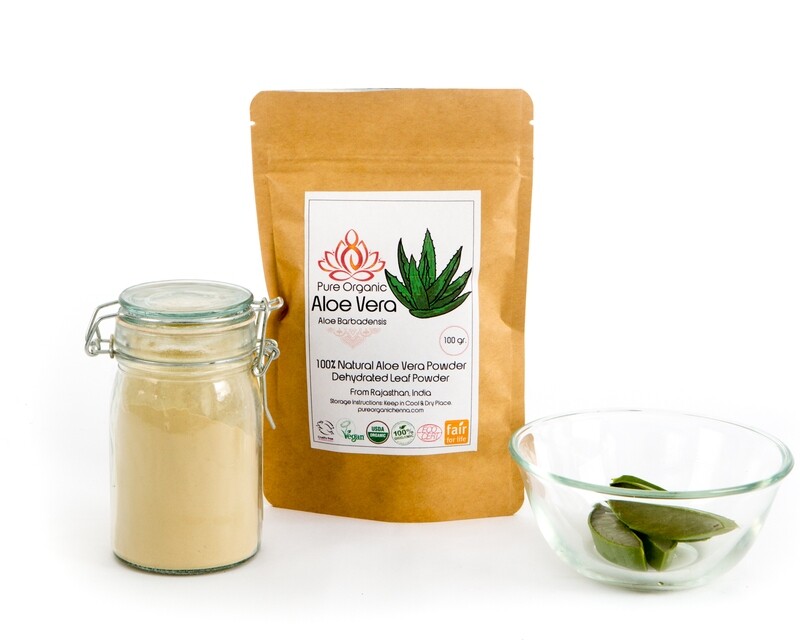Amla is a natural plant also known as Emblica Officinalis. The dried, powdered fruit has tannins, vitamin C, and is astringent.
Pure Organic Amla is great for hair because:
- adds texture, volume, wave, curl
- shine to your hair
- promotes hair growth
- thicker, stronger hair strands
- tones down red of henna
- natural astringent making it good for facial cleansing
- tightens up coils/curls
Hair growth: The phyto-nutrients, vitamins and minerals present in Amla help in increasing the scalp circulation and stimulate healthy growth. Vitamin C of amla produces collagen protein. This helps in stimulating hair growth, both length and volume wise.
Anecdotal reports suggest amla can:
- condition your scalp.
- promote healthy hair growth.
- improve the tone of henna hair dyes.
- minimize grays.
- boost volume.
- reduce dandruff.
- treat head lice.
Pure Organic Amla
For added volume, growth or to maintain curls add about 3-4 tbsp of amla powder (per 100 grams of henna or Ayurvedic herbs used) to your recipe. You can also use amla powder alone with added conditioner to help maintain your curl pattern without affecting the color of the henna.
As a facial mask you can mix the Amla powder with warm water and apply onto the face from 5-10 minutes.
Recipes for Hair Conditioning and Hair Coloring
- Mixed with other herbs (such as Zizipus, Haritaki , Bibhitaki, Cassia ) as the conditioning hair treatment.
- Curlies should add 1 tsp of Organic Aloe Vera Powder or 1 tbsp Flax Seed Gel or Aloe Vera Gel/honey to 100g Pure Organic Amla Powder for easier application.
- As a final acidic rinse mix 1 tbsp steeped in 2.5 cups of hot water until cooled. Then strained and poured over the hair and left on for up to 5 minutes.
- 1 tbsp made into a paste and added to conditioner, flax seed gel, , coconut milk/cream as a deep nourishing hair treatment. Do not add the powder directly to a wet paste, as it will clump.
- Just the Amla powder mixed with tea or water over lightly pre-oiled hair. The amount needed depends on the individual’s hair length and thickness.
- Mix it with henna to maintain curls and tone down the red deposit of henna.
COMMON NAME: Amla
OTHER NAME: Amalaki, Indian gooseberry
BOTANICAL NAME: Phyllantus emblica L.
PLANT FAMILY: Euphorbiaceae
SINONYMS: Emblica officinalis Gaertn.
PART USED: In traditional Indian medicine the dried or fresh fruit is used, although in some schools of Ayurvedic medicine parts of the entire tree are included in preparations, including the fruit, seed, leaves, root, bark and flowers.
OVERVIEW: Fruits Powder without seeds.
INTRODUCTION: Amla is also known as Indian gooseberry, phyllanthus emblica or emblica officinails. Amla tree is about 15ft. to 25 ft. high. The fruit is round and green to greenish yellow in colour. Amla is a commonly used ingredient in most of the ayurvedic preparations in the form of fresh fruit, dried fruits, fruit pulp or as extract. The eminence of amla is so well recognized in ayurveda that all the famous ancient text have discussed its preventive, restorative and curative usefulness and extolled its extraordinary medicinal qualities. Amla is a rare fruit which contains all tastes except salty. With sourness as the foremost taste, it is at the same time sweet, astringent, bitter and pungent. It is light, dry and cold in effect and the richest source of vitamin C.
PHYTOCONSTITUENTS: Emblicanin A and Emblicanin B, along with pedunculagin and punigluconin is the key ingredients in amla. Emblicanins is a combination of Gallic acid or Ellagic acids&Vitamin C. It has also protein, minerals, carbohydrates and fibre. The mineral and vitamin contains include calcium, phosphorus, iron, carotene and vitamin B complex.
PRECAUTIONS: None known. For educational purposes only. This information has not been evaluated by the Food and Drug Administration. This information is not intended to diagnose, treat, cure, or prevent any disease.
Pure Organic Ayurvedic Herbs
According to Ayurveda, the hair is a direct by-product of your bone tissue (marrow) and it is also linked to the central nervous system and gut. This means any weakness in the bone tissue, nervous system and digestive system will naturally result in hair loss or diminishing hair growth.
Ayurveda provides you with plenty of options for hair care and longer hair growth. Apart from holistic remedies and practices of incredible wisdom, the most important aspect of Ayurveda is finding solutions.
Pure Organic Ayurvedic Herbs provides you with a customized Hair care regimen that best aligns with your condition based on your lifestyle and type of hair.
